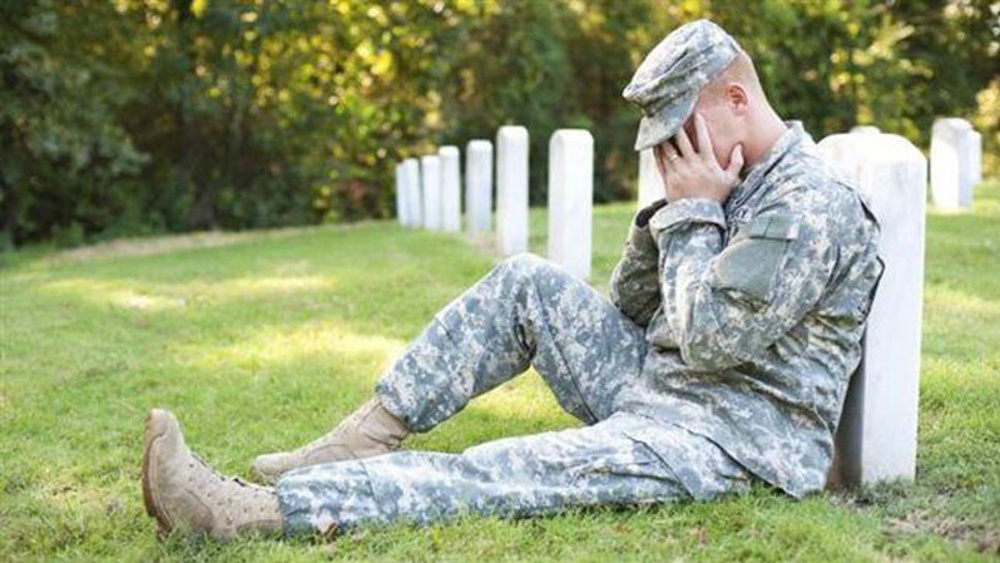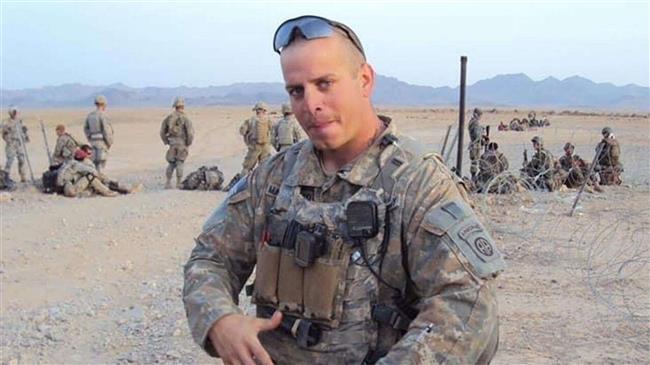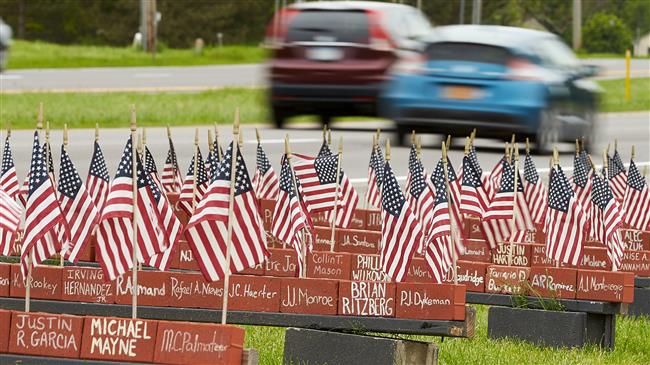Pentagon refuses to admit more soldiers are dying by suicide in 2020
Apparently, the first “D” in “DoD” stands for dodge, duck, dip, dive, and dodge, because that’s exactly what a Pentagon official did on Thursday when asked about the rising numbers of service members who have been dying by suicide since the novel coronavirus (COVID-19) erupted in spring.
Even though suicide deaths in the military are reportedly up roughly 20% so far this year – including 30% among active-duty soldiers and 41% in the Army Reserve – the director of the Defense Suicide Prevention Office cautioned against focusing on the number of deaths, known as “counts.”
Instead, Karin Orvis urged reporters to look at the rate of suicide deaths per 100,000 people, which she said is a much more reliable way to gauge trends over time.
For 2019, a total of 498 service members died by suicide, Orvis said. The suicide rate for active-duty troops in 2019 was 25.9 per 100,000 people; while the rates for the Reserve and National Guard were 18.2 and 20.3 per 100,000 individuals respectively.
All of those figures are well above the national average. According to the most recent statistics from the Centers for Disease Control and Prevention, the national suicide rate in 2018 was 14.2 per 100,000 individuals.
“At this time, it’s too early to determine whether suicide rates will increase for calendar year 2020,” Orvis said at a Pentagon news briefing. “We’ll need to have the full year of data and investigations completed to determine cause of death.”
“What may be looking like an increasing or a decreasing trend in raw counts may not be statistically meaningful once we have all the data,” she continued.
Orvis noted that suicide deaths for active-duty service members increased 20% in the first two quarters of 2018, but at the end of the year, the rate for active-duty suicide deaths was “not statistically higher compared to 2017.”
“We really cannot use suicide counts in order to make determinations of are we seeing an increase or a decrease in trend over time,” she said.
Reporters at Thursday’s briefing were openly skeptical of the notion that the Pentagon does not yet have enough information to know if service members are at a greater risk of dying by suicide this year – especially since the Army has confirmed that more soldiers have died by suicide during the COVID-19 pandemic.
But Orvis said that investigations have found in the past that some deaths that had originally been reported as suicides were in fact the result of other factors, such as accidents.
“To make a conclusion at this point in time would be premature,” Orvis said.
“I understand the need and the desire to be able to say: This is an increase, or this is not an increase,” she said later during the briefing. “Unfortunately, we are not there, to be able to say that. The numbers are continuing to change.”
For the Army, there is no question that deaths by suicide have increased in 2020.
The Associated Press first revealed that 114 active-duty soldiers had died by suicide as of Aug. 31, compared with 88 deaths by this time in 2019. That is roughly a 30% increase in deaths. The Army National Guard reported 86 deaths through the end of August compared with 78 deaths during the same time last year, a 10% increase. Army officials confirmed to Task & Purpose that the numbers cited by the Associated Press are accurate.
The Army Reserve reported 31 deaths by suicide as of Aug. 31, a 41% increase from the 22 deaths by that time in 2019, an Army official told Task & Purpose.
Air Force Chief of Staff Gen. Charles "CQ" Brown recently told reporters that the isolation caused by the COVID-19 pandemic could be a factor in the service’s suicide deaths for 2020. A total of 98 airmen had died by suicide as of Sept. 16, according to Brown (111 died by suicide in 2019).
“The stressors that we have are much different than the stressors we had last year,” Brown said. “We don’t have a chance for our airmen to connect and be close to the folks that they work with on a day to day basis."
(Source: Task & Purpose)

Yemen says ‘fully ready’ for ‘long naval battles to stun enemies’

Yemeni forces attack US aircraft carrier for third time in 48 hours

Yemen warns US: Even one million attacks won’t break nation’s resolve
VIDEO | Israeli land confiscation continues: Haris village loses over 80% of its land
Iran’s daily gasoline use hits record of 144 million liters
Israeli policy of West Bank annexation amounts to ‘war crime’: UN rights chief
OIC condemns Israel’s renewed aggression on Gaza
Yemen announces successful hypersonic missile strike on Israeli airbase
Gaza massacre: Hezbollah says Israel, US ‘two sides of same bloodthirsty coin’
Israeli airstrikes kill al-Quds brigades spokesman in Gaza
Iran’s mining exports up 1.2% y/y in 11 months to late Feb.: Report











 This makes it easy to access the Press TV website
This makes it easy to access the Press TV website